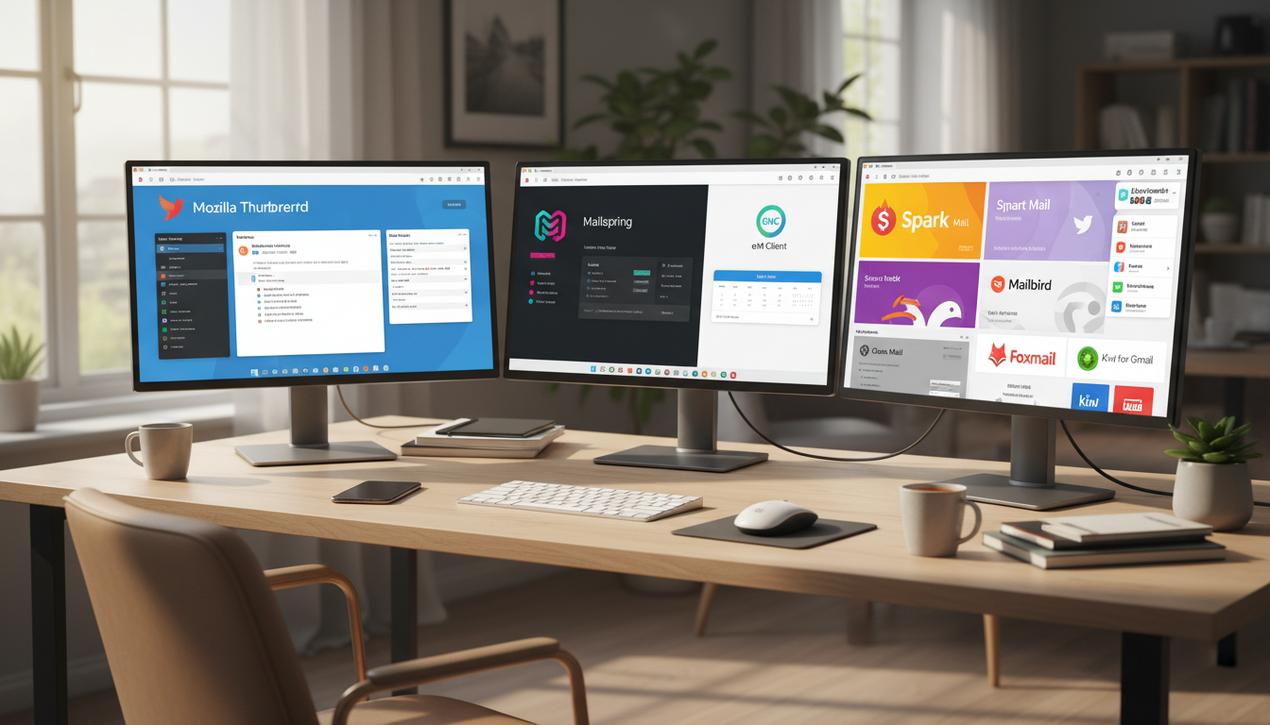Spam Trigger Words 2025: Your Ultimate Guide to the Inbox


In digital marketing, email remains a channel with an exceptional return on investment. However, a significant portion of this potential is lost to a major hurdle: the spam folder. In 2025, it’s estimated that over 15% of all legitimate marketing emails never reach the recipient’s primary inbox. The cause? Increasingly sophisticated spam filters that scrutinize every aspect of your message, especially the words you use. Using certain “spam trigger words” can instantly flag your marketing efforts as junk mail, rendering your campaigns invisible and ineffective. But simply avoiding a list of words is no longer enough. Modern algorithms, often powered by artificial intelligence, evaluate context, sender reputation, and user engagement. This comprehensive guide provides an updated list of spam trigger words to avoid, but more importantly, it explains how today’s filters work and what strategies you can adopt to ensure optimal email deliverability.
How Spam Filters Work in 2025: Beyond a Simple Word List
Thinking that spam filters just scan for a list of forbidden keywords is an outdated view. Today, email providers and the top free email clients to use like Gmail, Outlook, and Yahoo use complex, multi-layered analysis systems to protect their users. To improve your deliverability, it’s crucial to understand the pillars on which their judgment rests.
Beyond Words: The Metrics That Truly Matter
While words are important, they are only one piece of the puzzle. Filters calculate an overall trust score based on several technical and behavioral factors:
- Sender Reputation: This is the most critical factor. It’s tied to your sending domain and IP address. A history of being marked as spam, high bounce rates, or using poor-quality contact lists will degrade this reputation over time.
- Domain Authentication: Protocols like SPF (Sender Policy Framework), DKIM (DomainKeys Identified Mail), and DMARC (Domain-based Message Authentication, Reporting & Conformance) prove to receiving servers that you are who you claim to be. A lack of proper authentication is a major red flag.
- Recipient Engagement: Email providers monitor whether your contacts open your emails, click on links, or, conversely, delete them without reading or report them as spam. Low engagement is a powerful negative signal.
- HTML Code Quality: Poorly formatted HTML, missing tags, or using deceptive techniques (like invisible text) can be interpreted as an attempt to trick the filters.
- Text-to-Image Ratio: An email consisting of a single large image with very little text is a common tactic used by spammers to bypass text-based filters. Always maintain a healthy balance.
Artificial Intelligence in Spam Detection
Modern filters integrate AI and machine learning models that understand context. A word like “free” will not be treated the same way in a transactional email confirming “free shipping” as it would in a flashy subject line like “Win a free iPhone!!!”. AI analyzes the overall semantics of your message to determine if the intent is legitimate or deceptive.
The Ultimate List of Spam Trigger Words to Avoid
Even with context being king, certain words and phrases remain powerful triggers for spam filters. Using them excessively, especially in high-visibility places like the subject line, will dramatically increase your chances of landing in the junk folder. Here is a detailed list, organized by category.
Category 1: Money, Finance, and Promises of Gains
This is the most sensitive category. Any promise of easy money or miracle financial solutions is immediately suspicious.
- Easy money
- Extra income
- Make money
- Bonus
- Profit
- Cash
- Lowest price
- Save big
- For just $
- Discount
- No fees
- Eliminate debt
- Credit
- Financing
- Mortgage
- Interest rate
- Check
- Wire transfer
- Bargain
- Affordable
Category 2: Urgency, Scarcity, and High-Pressure Tactics
Terms that create a false sense of urgency or apply psychological pressure on the reader are heavily scrutinized.
- Act now
- Limited time
- Last chance
- Expires soon
- Urgent
- Immediate
- Don’t wait
- Instant
- Apply now
- Call now
- Exclusive
- One time only
- While supplies last
- Get it now
Category 3: Over-the-Top Marketing and Superlatives
Overly commercial language, filled with vague promises and superlatives, lacks authenticity, looks like spam, and is one of the major international marketing fails to avoid.
- Amazing
- Incredible
- Fantastic
- The best
- Guaranteed
- 100% satisfied
- Satisfaction guaranteed
- No risk
- No catch
- Direct marketing
- Increase sales
- Increase traffic
- As seen on TV
Category 4: Freebies, Giveaways, and Contests
Spammers constantly abuse the promise of “free.” Use these terms with extreme caution and, if possible, never in the subject line.
- Free
- Complimentary
- Gift
- Free access
- Free trial
- Winner
- You have won
- Congratulations
- Prize
- Giveaway
- Reward
–
Category 5: Sensitive Topics (Health, Dating, etc.)
Certain industries are inherently associated with a higher risk of spam. If you operate in these areas, your word choice is even more critical.
- Weight loss
- Diet
- Medication
- Pharmacy
- Casino
- Gambling
- Meet singles
- Dating
- Viagra
- Miracle cure
Category 6: Calls-to-Action and Technical Terms
Even seemingly harmless words can be red flags if used in a suspicious context or repetitively.
- Click here
- Follow this link
- Open this
- Download
- Subscribe
- Password
- Username
- Account
- This isn’t spam
Advanced Strategies to Maximize Your Deliverability
Avoiding spam words is a good start, but to truly master your deliverability in 2025, you need a holistic approach. Focus on building a trustworthy relationship with both email providers and your subscribers.
Prioritize the Quality of Your Contact List
Only send emails to people who have explicitly given their consent (opt-in). Regularly clean your lists by removing inactive subscribers and “hard bounces” (addresses that no longer exist). A healthy, engaged list is the strongest positive signal you can send.
Refine Your Content and Formatting
Your content must provide real value. Vary your vocabulary and prioritize authenticity over tired marketing formulas. On a technical level, avoid writing in all caps, overusing exclamation points (!!!), and using bright, jarring colors. Ensure a good balance between text and images so your message is still readable even if images are blocked.
Use Pre-Send Testing Tools
Many email marketing platforms include “spam check” tools. These features analyze your email before sending and assign it a potential spam score, identifying words, links, or technical issues that could harm its deliverability. Make it a habit to use them for every campaign.
Ultimately, the key to staying out of the spam folder isn’t about finding a magic formula but about shifting your mindset. Stop thinking about “how to force an open” and start thinking about “how to create content my subscribers want to open.” By combining sound technical practices, high-quality content, and rigorous list management, you will build a strong sender reputation. It is this trust that will convince spam filters to let your messages through, allowing you to get the most out of your email marketing campaigns.




